In the outdoors, many people did not think of undressing until the sweat soaked. Some people shivered and thought of dressing. Others were superstitious about high-tech materials and were lazy. The right way to dress outdoors allows you to regulate the body and calmly respond to the environment and the weather.
Level Dressing The theory that outdoor dress is the most widely circulated is the three-layer dress method. “Three-tier†does not refer to “three-piece†clothes, but uses multiple pieces of clothing to construct the outer layer, the isolation layer, and the base layer. Layered stacking of clothes ensures the comfort of outdoor activities.
The layered system generally refers only to the upper body, but you can apply it to the legs as well.
Complex body systems have a narrow safe temperature range of 36.1 degrees Celsius to 37.5 degrees Celsius. Whether walking, skiing or mountain climbing, they need to be kept warm and dry in the natural environment.
Why does the mountainous area have a chilly feeling? What is the principle of layered system response? We need to understand the four ways the body acquires and loses temperature.
Convection, evaporation will take away body heat, conduction and radiation are two-way behavior, may increase temperature, but also take away body temperature.
Evaporation - Regardless of sweat or precipitation, evaporation of water will take the temperature away. Sweating is a normal means of cooling the body, but in the alpine environment, if the body temperature taken away by sweating cannot be compensated in time, it will be dangerous.
The danger of cotton underwear is that it creates a wet environment that envelops the body and loses heat by evaporation.

A hot afternoon mountain shower may also cause you to lose temperature on the road, even worse with the wind cooling effect.
The advantage of delamination is that the base layer discharges water through the wick, stays dry during activity, and at the same time locks the body temperature with the barrier when the activity stops, and the outer layer reduces the probability of rain soaking the body.
The excellent layering system starts with moisture management from the inside, drains through layers of guidance, avoids overheating during exercise, and prevents overcooling during rest.
Radiation - With the metabolism, the body produces heat. If too much heat is lost to the outside world, the core body temperature will not be guaranteed.
Most of the heat will be emitted through the head, of course, if you are naked, the heat will be mainly distributed from the chest area. The layered system retains heat by keeping warm in the core area and warming the head.
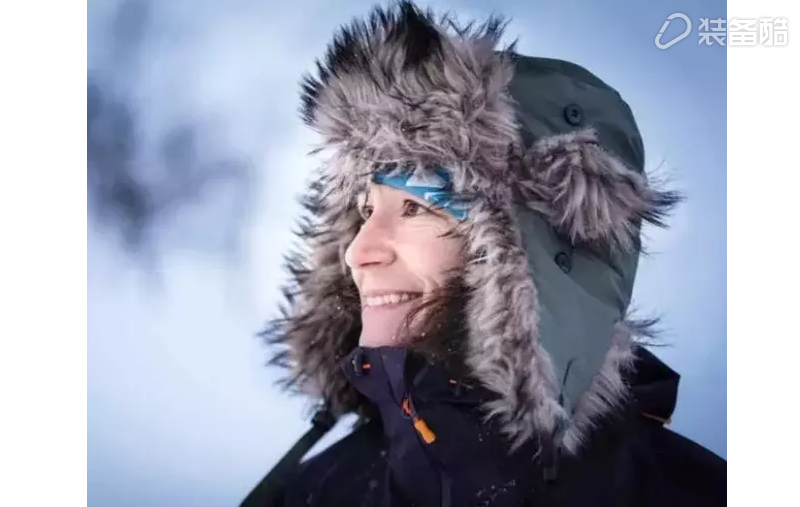
The head is an important radiator officer. It is very important to protect the head in cold weather.
Conduction - Body contact with cold objects generates heat conduction, which is why sleeping mats use a mattress to isolate the icy ground. In outdoor trekking, the feet are most in contact with the ground, so the protection of the ends of shoes and socks is very important. Also during the ice climbing and other activities, the hands also need to contact cold objects. Wearing gloves can provide protection.
Conduction also occurs in rain and snow. When the hail is in direct contact with the body, every drop of rain absorbs heat through conduction. The meaning of waterproof outer layer is here.
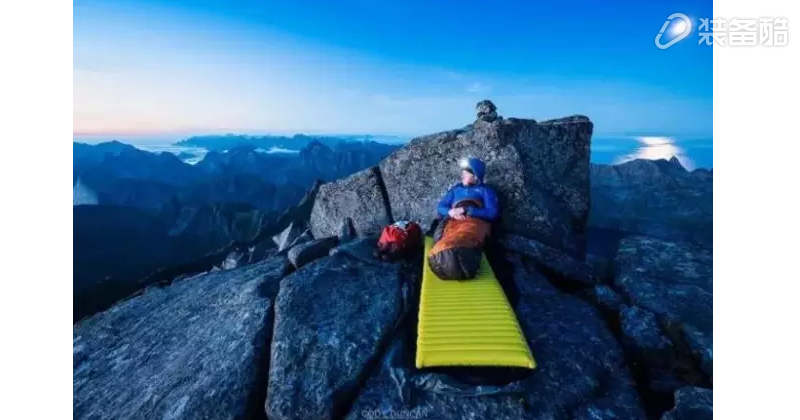
When sleeping on a cold rock face, the sleeping mat is designed to isolate the heat conduction convection - the reason why the cold is to quickly lose temperature is to combine convection and evaporation to double the heat away.
The principle of convection can be imagined as people standing under a waterfall. A stream of water rushes through the body to take away the temperature, and new water flows quickly, taking away body temperature quickly. To avoid this situation requires weather protection, so the outer layer acts on it.
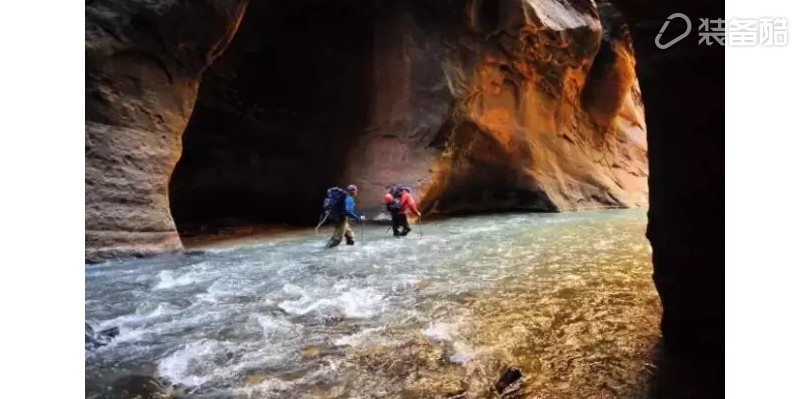
Water and wind will quickly take away body temperature.
The significance of stratification by stratification systems is that they are kept warm and dry, and the design of each stratum is targeted. The correct layering system can avoid overheating during exercise and stay warm when stopped. Different levels of cooperation can achieve the desired effect.
Each layer system specifically responds to three goals: exhausting sweat, capturing heat and insulating cold air, and blocking wind and snow.
The specific role is as follows:
Base layer: The base layer is in direct contact with the skin, and the body temperature is kept dry by removing sweat. This layer keeps the body cool during the summer and prevents the loss of warmth during the winter, allowing the sweat to evaporate. Merino wool offers more warmth than synthetics at the same thickness.
Isolation layer: The example shows an optional windbreak layer. The main reason is to supplement the windbreak resistance, and to avoid the loss of warmth after the cotton clothes are soaked by the sweat discharged from the underwear. The defects of the windbreak layer are more boring during exercise, and the adjustment is mainly through the zipper layers. Cotton garments are used to capture body heat, fluffy voids are used to store hot air, and good insulation can also withstand cold air outside.
Outer layer: Outdoor activities are always present between the sweat and the storm waiting for good weather, so the technology can be used to provide protection and complete the task of resisting snow and snow.
The reason that multiple layers are warmer is that hot air is trapped at different levels around the body. The advantage of this system is that it can respond to different outdoor situations: in good weather, it is possible to start on the base layer and incorporate other layers into the bag to avoid overheating; when the weather changes, the isolation layer and the outer layer can cope with it from time to time. need.
Tips Spring outdoor sports tips spring comes, everything is awake, it is a good time to travel! Spring is a good sports activity. It can make friends and make people pleasing; open-minded, relaxed and happy, regulates people's psychological activities, promotes blood circulation, strengthens lung function, and develops children's intelligence. However, spring tourism should also pay attention to health and disease prevention. Spring outdoor sports tips come, please read carefully!
First: to prevent pollen allergy pollen allergies are best not to travel flowers, so as not to cause discomfort and danger, if you really want to go, you can only wear masks, once the severe pollen allergies should be promptly taken to hospital for medical treatment, must not continue Conduct outdoor activities.
Second: The medicines to bring appropriate amounts of medicine and Band-Aids are: medicines to prevent diarrhea, medicines to prevent motion sickness, Feng Jingjing to prevent syncope, purple syrup, red syrup, alcohol, iodine to prevent skin breakage, sprains, etc. Band-Aid is because some family members don't wear the shoes. When they wear their feet, they can't walk barefoot, so Band-Aids will come in handy.
Third: Sun protection is usually at least 4-6 hours in outdoor outings, and some are even longer. If you stay in the outdoors for a day, then sun protection is even more necessary, otherwise your white skin will be discolored. You can rub sunscreen, wear sun protection clothing, wear a cap on your head, and wear sunscreen sleeves.
Fourth: If you go to the wild to collect mushrooms or pull wild vegetables, to avoid eating poisonous plants, the author wins a recommendation to try not to collect their own unfamiliar or unknown wild vegetables to eat.
Fifth: Prevent tree branches from being scratched. Sprains When climbing or admiring flowers, be careful not to scratch the skin with sharp objects such as branches. Pay special attention to protecting the face and avoid scratching the twigs. When hiking or hiking, do not relax too much because of the good-looking colors in the spring. This can lead to sprains. The movements must be light and careful. Be careful about safety.
Sixth: Avoid carrying the fire up the mountain or to the place where there is much vegetation, do not bring lighters or smoke, to avoid causing fire, resulting in danger and loss.
Seventh: Try to wear light-weight, dirt-repellent clothing. It is advisable to wear professional clothing during the outing field activities, so that the players will not be confused by the clothes, so as to ensure that the whole process of play is smooth and unobstructed.
Eighth: Don't destroy plants, don't engrave them, don't just climb flowers and plants, flowers and plants are also alive. When you climb, flowers and herbs will hurt. What's more, they will write letters on the trees, and they will bring you even more when you make your lettering. Infinite pain, since flowers and plants bring us visually beautiful enjoyment, we must love flowers and plants.
Ninth: Preparing a Mountaineering Stick A mountaineering stick can be a professional stick or a thick branch of a tree that you can pick up on the mountain to help people climb.
Travel equipment spring travel equipment spring outdoor sports tips finished, travel is the most important safety first, happy and happy accompanying, then in order to increase the fun of spring travel, Xiao Bian specially brought us several small products, followed by Xiao Bian come see it!
First: Advanced portable grill, barbecue necessary, perfect;
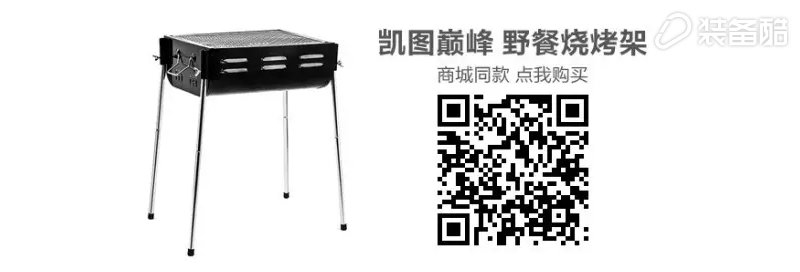
Second: folding tables and chairs, let you and your family enjoy the sunshine and breeze of spring days;

Third: Travel tents to give you comfort and happiness.
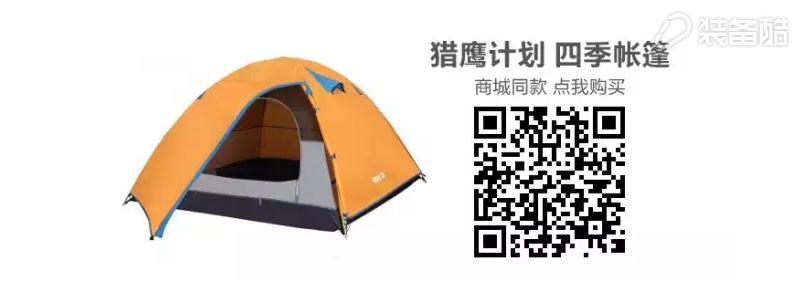
In addition to the outdoor products listed above, you can also bring sleeping bags, inflatable mattresses, camping lights, flashlights, etc. to your personal needs. When you are ready, you can leave, take your family and friends, and go for a meeting in the spring!
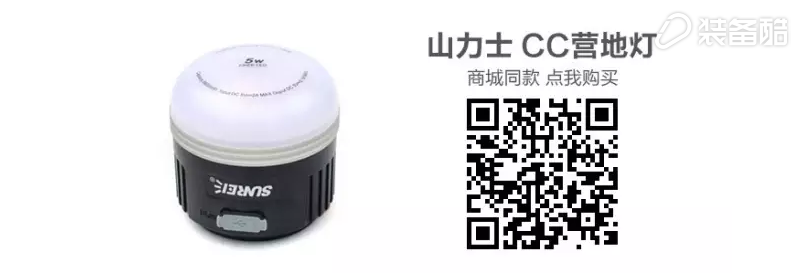
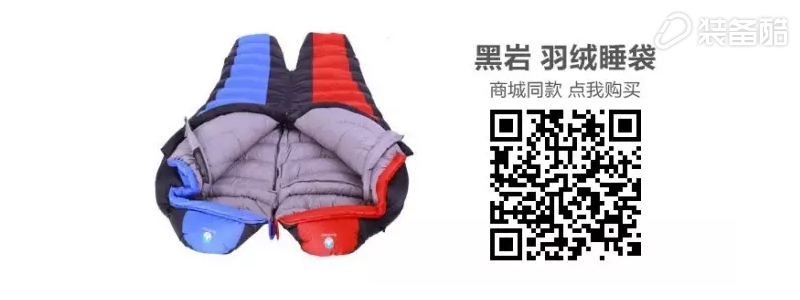
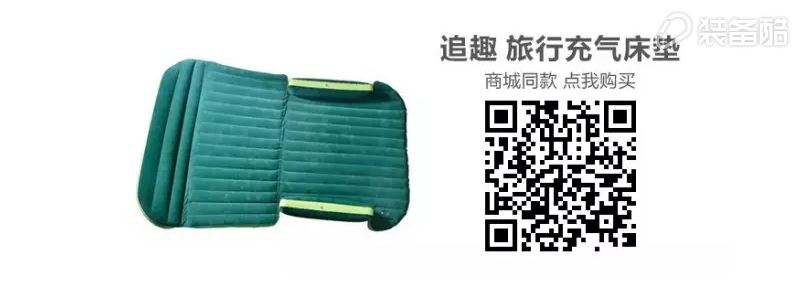
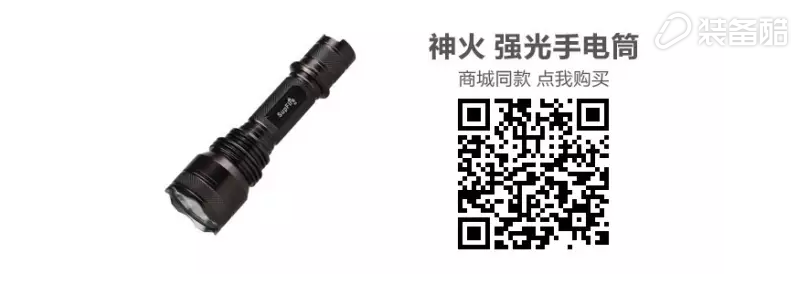
Napkin Paper,Serviette Napkin,Bathroom Tissue Paper,Premier Tissue Paper
DONGGUAN YEE HUP TRADING CO,.LTD , https://www.yeehupacks.com